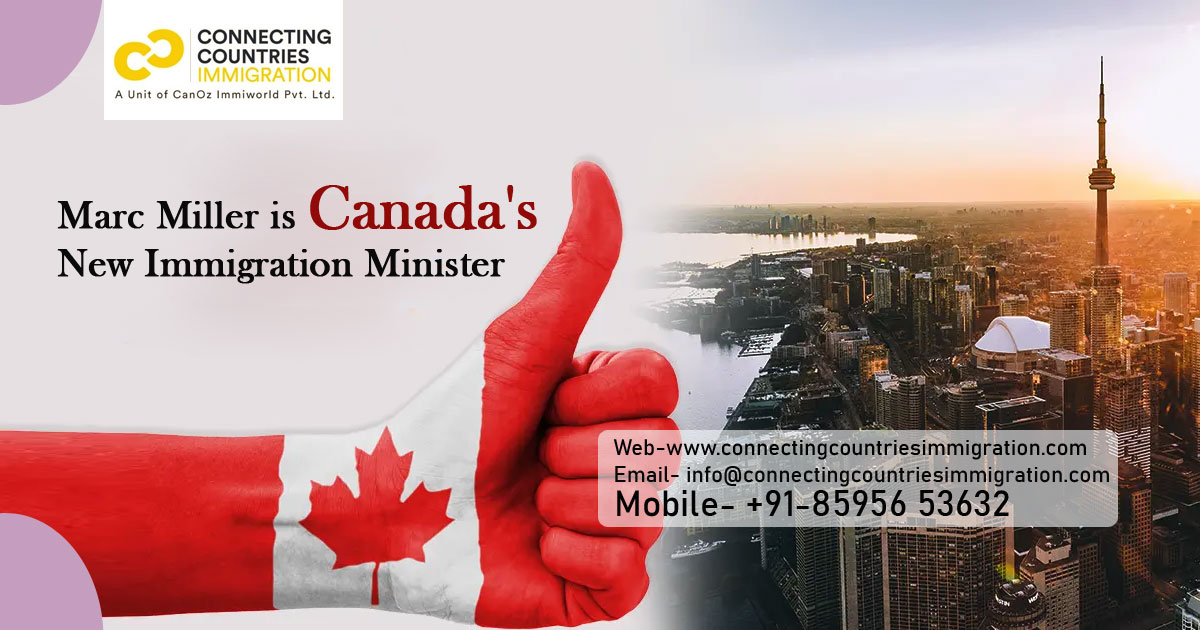At 10:30 a.m. Eastern Time, Canada’s Prime Minister Justin Trudeau announced major cabinet changes.
Marc Miller, a Quebec Member of Parliament, is Canada’s new immigration minister. Miller most recently served as Minister of Crown-Indigenous Relations; a position designed to assist Indigenous peoples’ self-determination in Canada. Sean Fraser, Canada’s most recent Immigration Minister, has been appointed Minister of Housing, Infrastructure, and Communities.
Miller was elected to Canada’s Parliament for the first time in 2015. Miller worked as a lawyer and served in the Canadian Armed Forces before entering politics. Miller was born in Montreal and reared there. He received two degrees in Political Science from the Université de Montréal and his law degree from McGill University.
The Cabinet is a group of ministers chosen by Canada’s Prime Minister. They are in charge of pursuing and communicating the federal government’s policy goals.
Every two years or so, Canadian Prime Ministers reshuffle their cabinet. The reasons for a shuffle include dismissing underperforming ministers, promoting those who the Prime Minister believes have done a good job, and giving the government a chance to renew their policies and public communications.
Following the federal election that year, the final major cabinet shuffle came in October 2021. Fraser was named Canada’s Immigration Minister and the director of the Department of Immigration, Refugees, and Citizenship Canada (IRCC) as part of the reshuffle.
Trudeau has been the Prime Minister of Canada since November 2015. Canada has pursued more aggressive immigration numbers at this time.
Prior to Trudeau’s presidency, Canada welcomed approximately 250,000 new permanent citizens per year. This grew to 300,000 per year when Trudeau assumed office, and then to 340,000 per year just before the epidemic. During the epidemic, Canada increased its annual objective of over 400,000 new permanent residents. Canada is now aiming for 500,000 permanent residency landings per year by 2025 under the Immigration Levels Plan 2023-2025.
The need for much higher levels of immigration is motivated by Canada’s aging population and low birth rate. Immigration, according to the federal government, is a tool to enhance Canada’s economy and budgetary position as the country’s 9 million baby boomers reach the retirement age of 65 within the next decade. The increase in immigration correlates with Canada experiencing historically low unemployment and historically high job vacancy rates.
Following a major cabinet reshuffle, the Prime Minister may opt to issue fresh mandate letters to cabinet, defining what each minister is expected to work on during their tenure.
Trudeau gave Fraser a list of immigration initiatives to pursue in December 2021, including increasing immigration volumes, streamlining application processes for newcomers, revising Express Entry, boosting family reunification, and encouraging francophone immigration to Canada.
Fraser has taken a number of these initiatives since then. For example, Canada has begun to undertake category-based Express Entry selection in the last month as a means of fulfilling a number of economic targets, such as increasing francophone immigration. Another example is Fraser’s announcement in late May of measures geared at keeping families together in Canada.



